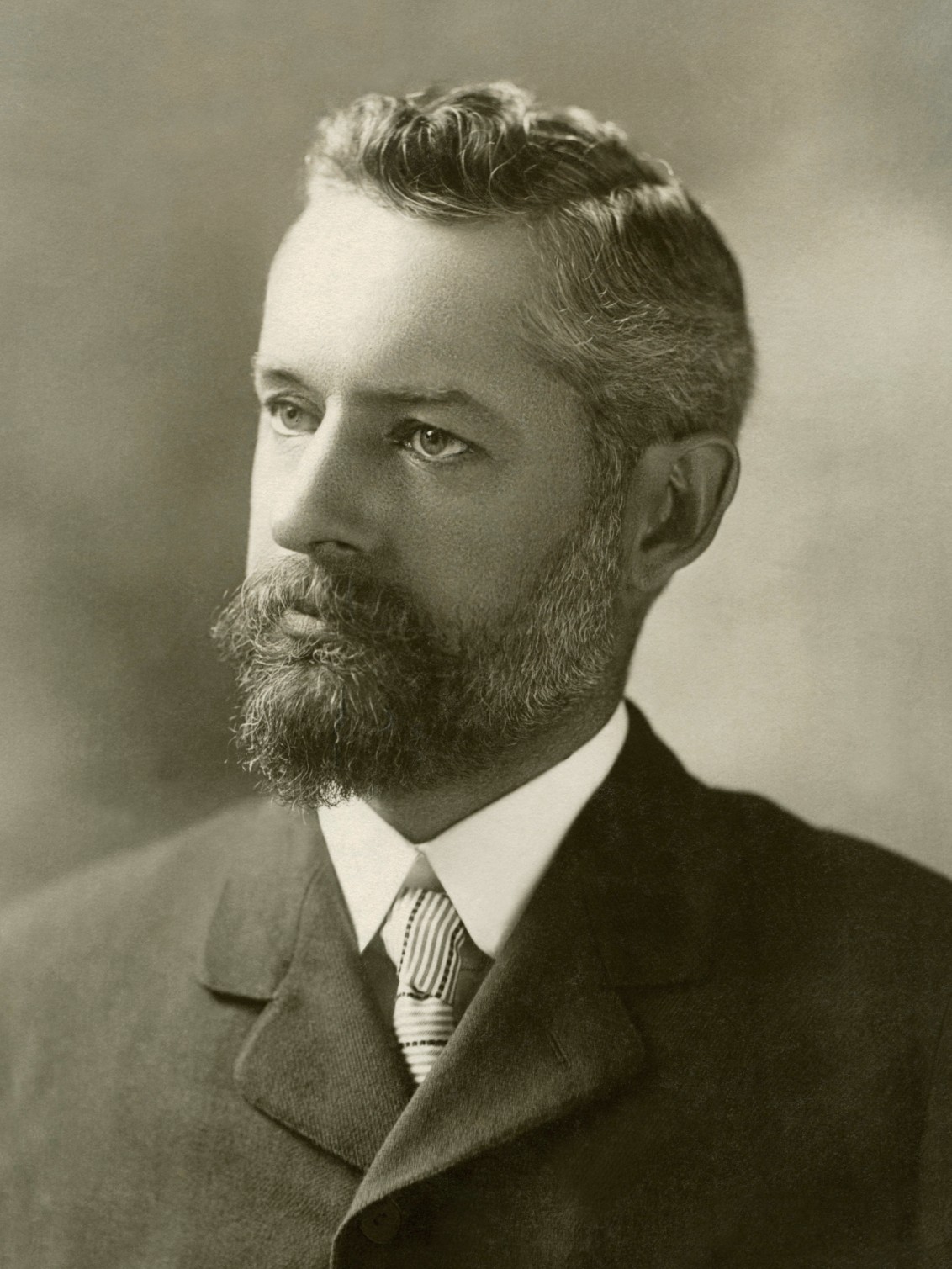|
Akhlut
In Inuit folklore, the kăk-whăn’-û-ghăt kǐg-û-lu’-nǐk or akh’lut is an orca-like composite animal that takes the form of a wolf when on land, and is sometimes depicted as a wolf-orca hybrid. Inuit folklore In 1900, the American naturalist Edward William Nelson described the ''kăk-whăn’-û-ghăt kǐg-û-lu’-nǐk'' among a number of other mythical and composite animals: Nelson attributed stories of the creature to the orca (''akh’lut''), and explained wolf tracks appearing to lead into the sea as the result of ice breaking away from the edge. He identifies other composite animals among Inuit folklore, including a white whale that can transform into a reindeer, and says that belief in the kăk-whăn’-û-ghăt kǐg-û-lu’-nǐk is prevalent among Inuit along the shore of the Bering Sea. More recent collections of myths and folklore have used the term Nelson gives for the orca, ''akh’lut'', to describe the composite animal. See also *Kelpie *Selkie ... [...More Info...] [...Related Items...] OR: [Wikipedia] [Google] [Baidu] |
Inuit Folklore
Inuit religion is the shared spiritual beliefs and practices of the Inuit, an indigenous people from Alaska, northern Canada, parts of Siberia and Greenland. Their religion shares many similarities with some Alaska Native religions. Traditional Inuit religious practices include animism and shamanism, in which spiritual healers mediate with spirits. Today many Inuit follow Christianity, but traditional Inuit spirituality continues as part of a living, oral tradition and part of contemporary Inuit society. Inuit who balance indigenous and Christian theology practice religious syncretism. Inuit cosmology provides a narrative about the world and the place of people within it. Rachel Qitsualik-Tinsley writes: Traditional stories, rituals, and taboos of the Inuit are often precautions against dangers posed by their harsh Arctic environment. Knud Rasmussen asked his guide and friend Aua, an ''angakkuq'' (spiritual healer), about Inuit religious beliefs among the Iglulingmiut (people ... [...More Info...] [...Related Items...] OR: [Wikipedia] [Google] [Baidu] |
Killer Whale
The orca or killer whale (''Orcinus orca'') is a toothed whale belonging to the oceanic dolphin family, of which it is the largest member. It is the only extant species in the genus ''Orcinus'' and is recognizable by its black-and-white patterned body. A cosmopolitan species, orcas can be found in all of the world's oceans in a variety of marine environments, from Arctic and Antarctic regions to tropical seas. Orcas have a diverse diet, although individual populations often specialize in particular types of prey. Some feed exclusively on fish, while others hunt marine mammals such as seals and other species of dolphin. They have been known to attack baleen whale calves, and even adult whales. Orcas are apex predators, as they have no natural predators. They are highly social; some populations are composed of very stable matrilineal family groups (pods) which are the most stable of any animal species. Their sophisticated hunting techniques and vocal behaviours, which are o ... [...More Info...] [...Related Items...] OR: [Wikipedia] [Google] [Baidu] |
Gray Wolf
The wolf (''Canis lupus''; : wolves), also known as the gray wolf or grey wolf, is a large canine native to Eurasia and North America. More than thirty subspecies of ''Canis lupus'' have been recognized, and gray wolves, as popularly understood, comprise wild subspecies. The wolf is the largest extant member of the family Canidae. It is also distinguished from other ''Canis'' species by its less pointed ears and muzzle, as well as a shorter torso and a longer tail. The wolf is nonetheless related closely enough to smaller ''Canis'' species, such as the coyote and the golden jackal, to produce fertile hybrids with them. The banded fur of a wolf is usually mottled white, brown, gray, and black, although subspecies in the arctic region may be nearly all white. Of all members of the genus ''Canis'', the wolf is most specialized for cooperative game hunting as demonstrated by its physical adaptations to tackling large prey, its more social nature, and its highly adva ... [...More Info...] [...Related Items...] OR: [Wikipedia] [Google] [Baidu] |
Edward William Nelson
Edward William Nelson (May 8, 1855 – May 19, 1934) was an American naturalist and ethnologist. A collector of specimens and field naturalist of repute, he became a member of several expeditions to survey the fauna and flora. He was part of a team with Clinton Hart Merriam that took part in the Death Valley Expedition. He also explored the Yosemite Valley. A number of vertebrate species are named after him. Biography Nelson was born in Manchester, New Hampshire, on May 8, 1855, the first son of William and Martha () Nelson. Nelson and his brother then lived with his maternal grandparents in the Adirondacks when his father joined the Union Army and mother went to Baltimore as a nurse. Here he fell in love with the wilderness. Nelson moved to Chicago after his father was killed in the Civil War and his mother established a dressmaking business. In 1871, his large insect collection was lost in the Chicago Fire and the family was left homeless. This was the time that h ... [...More Info...] [...Related Items...] OR: [Wikipedia] [Google] [Baidu] |
Bering Sea
The Bering Sea (, ; rus, Бе́рингово мо́ре, r=Béringovo móre) is a marginal sea of the Northern Pacific Ocean. It forms, along with the Bering Strait, the divide between the two largest landmasses on Earth: Eurasia and The Americas. It comprises a deep water basin, which then rises through a narrow slope into the shallower water above the continental shelf, continental shelves. The Bering Sea is named for Vitus Bering, a Denmark, Danish navigator in Russian service, who, in 1728, was the first European to systematically explore it, sailing from the Pacific Ocean northward to the Arctic Ocean. The Bering Sea is separated from the Gulf of Alaska by the Alaska Peninsula. It covers over and is bordered on the east and northeast by Alaska, on the west by the Russian Far East and the Kamchatka Peninsula, on the south by the Alaska Peninsula and the Aleutian Islands and on the far north by the Bering Strait, which connects the Bering Sea to the Arctic Ocean's Chukchi ... [...More Info...] [...Related Items...] OR: [Wikipedia] [Google] [Baidu] |
Kelpie
A kelpie, or water kelpie (Scottish Gaelic: ''Each-Uisge''), is a shape-shifting spirit inhabiting lochs in Scottish folklore. It is usually described as a black horse-like creature, able to adopt human form. Some accounts state that the kelpie retains its hooves when appearing as a human, leading to its association with the Christian idea of Satan as alluded to by Robert Burns in his 1786 poem " Address to the Devil". Almost every sizeable body of water in Scotland has an associated kelpie story, but the most extensively reported is that of Loch Ness. The kelpie has counterparts across the world, such as the Germanic nixie, the wihwin of South America and the Australian bunyip. The origins of narratives about the creature are unclear but the practical purpose of keeping children away from dangerous stretches of water and warning young women to be wary of handsome strangers has been noted in secondary literature. Kelpies have been portrayed in their various forms in art and l ... [...More Info...] [...Related Items...] OR: [Wikipedia] [Google] [Baidu] |
Selkie
In Celtic and Norse mythology, selkies (also spelled ', ', ') or selkie folk ( sco, selkie fowk) meaning 'seal folk' are mythological beings capable of therianthropy, changing from seal to human form by shedding their skin. They are found in folktales and mythology originating from the Northern Isles of Scotland. The folktales frequently revolve around female selkies being coerced into relationships with humans by someone stealing and hiding their sealskin, thus exhibiting the tale motif of the swan maiden type. There are counterparts in Faroese and Icelandic folklore that speak of seal-women and seal-skin. Terminology The Scots language word ' is diminutive for ' which strictly speaking means 'grey seal' (''Halichoerus grypus''). Alternate spellings for the diminutive include: ', ', ', ', ', ', ', etc. The term ''selkie'' according to Alan Bruford should be treated as meaning any seal with or without the implication of transformation into human form. W. Traill De ... [...More Info...] [...Related Items...] OR: [Wikipedia] [Google] [Baidu] |
Wolves In Folklore, Religion And Mythology
The wolf is a common motif in the foundational mythologies and cosmologies of peoples throughout Eurasia and North America (corresponding to the historical extent of the habitat of the gray wolf). The obvious attribute of the wolf is its nature of a predator, and correspondingly it is strongly associated with ferocity, loyalty, sharp intelligence and appetite for freedom, making it the symbol of the warrior on one hand, and that of the devil on the other. The modern trope of the Big Bad Wolf is a development of this. The wolf holds great importance in the cultures and religions of the nomadic peoples, both of the Eurasian steppe and North American Plains. Wolves were sometimes associated with witchcraft in both northern European and some Native American cultures: in Norse folklore, the völva Hyndla and the gýgr Hyrrokin are both portrayed as using wolves as mounts, while in Navajo culture, wolves were feared as witches in wolf's clothing. Similarly, the Tsilhqot'in believed t ... [...More Info...] [...Related Items...] OR: [Wikipedia] [Google] [Baidu] |
Inuit Legendary Creatures
Inuit (; iu, ᐃᓄᐃᑦ 'the people', singular: Inuk, , dual: Inuuk, ) are a group of culturally similar Indigenous peoples of the Americas, indigenous peoples inhabiting the Arctic and subarctic regions of Greenland, Labrador, Quebec, Nunavut, the Northwest Territories, and Alaska. Inuit languages are part of the Eskimo–Aleut languages, also known as Inuit-Yupik-Unangan, and also as Eskaleut. Inuit Sign Language is a critically endangered language isolate used in Nunavut. Inuit live throughout most of Northern Canada in the Provinces and territories of Canada, territory of Nunavut, Nunavik in the northern third of Quebec, Nunatsiavut and NunatuKavut in Labrador, and in various parts of the Northwest Territories, particularly around the Arctic Ocean, in the Inuvialuit Settlement Region. With the exception of NunatuKavut, these areas are known, primarily by Inuit Tapiriit Kanatami, as Inuit Nunangat. In Canada, Section 25 of the Canadian Charter of Rights and Freedoms, sec ... [...More Info...] [...Related Items...] OR: [Wikipedia] [Google] [Baidu] |


.png)




